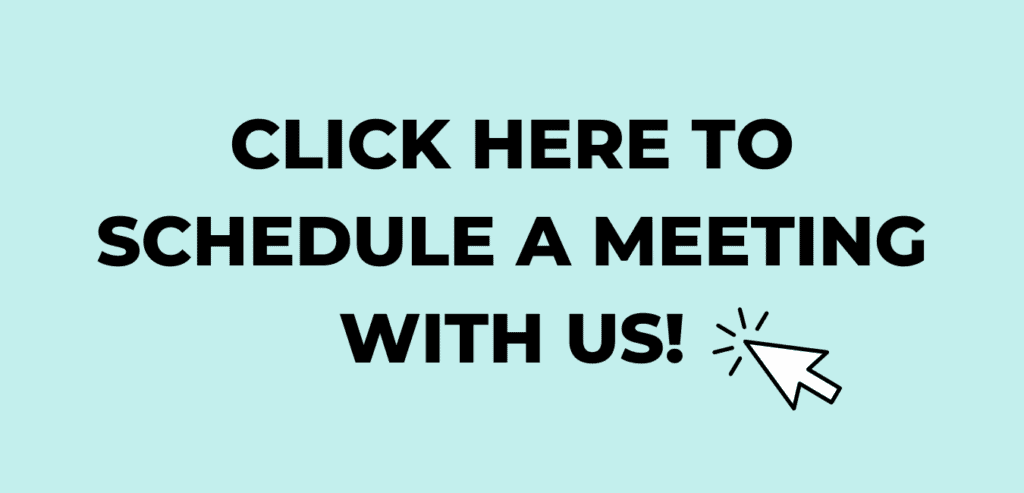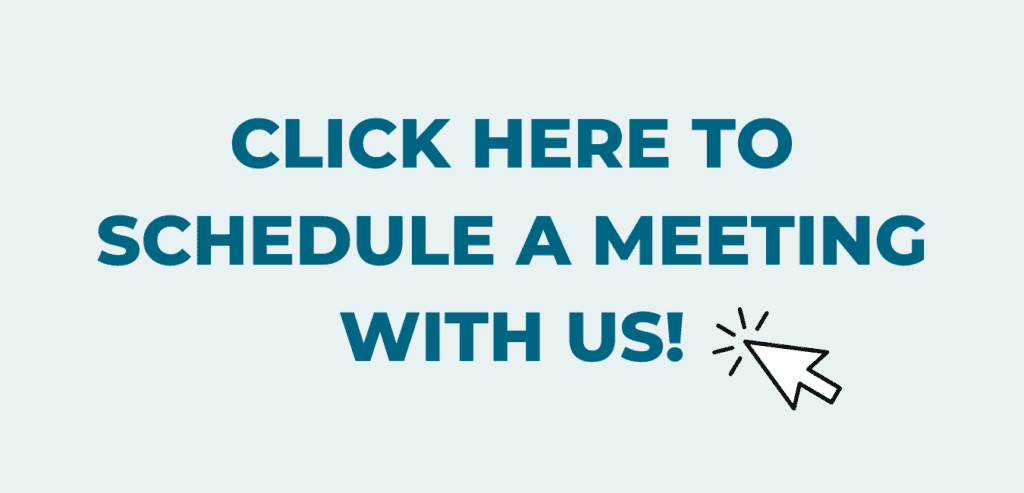Planning for Marketing
Written by Cherie Larson
Very few business owners have the luxury of unlimited funds to spend as they want. This makes it that much more important, and difficult, to figure out how to spend the limited resources. As the business grows, so do the places to spend that money!
One important expenditure is marketing. Every business owner knows that they need to let others know they are out there in order to grow the business. Marketing your business takes many forms and choosing which ones to use will vary from business to business depending on your goals, resources, time, and needs. We are not experts on choosing how you market but we do have some insight into how to pay for it!
To begin with, you must have some idea of what money you have (or think you will have) coming in and what fixed expenses you need to cover. Expenses such as payroll, taxes, certain software, and purchases of inventory are all considerations. There are a whole host of other variable expenses that you can spend money on - additional employees and software, professional help, travel, and marketing are a few.
Next you will want to look at how much you need to spend on marketing to maintain where you are at and how much you need to spend to grow. Don’t forget about initial or incidental costs such as an evaluation of your current marketing, or the development or upgrade of a website. We suggest that you come up with the monthly amount you are comfortable spending and also begin setting aside money upfront for those one-time costs.
While we aren’t a proponent of building your business exactly the same as others, there are some guidelines for what many spend on marketing. Again, the type and size of your business makes a huge difference. In general, 2-5% for B2B and up to 10% for B2C of revenue is generally reasonable. This may not include your initial or nonrecurring charges.If you’re a new business and have no idea how much to spend, consider starting at $1,000 a month. You may need to put money in the business to fund this. Be sure to watch it carefully to make sure you are spending in the best way possible. A good marketing advisor can be a key player in this process. While it will cost you some to have them advise you and do some of the work, the value in what they do can save you money in the long run…and make you a lot more! We do recommend that you regularly talk with your marketing team and make sure you understand what they are doing and what the reports they are giving you mean. It is ultimately your money and you want to spend it in the best way possible.
Also, don’t forget about no or low-cost marketing tools. Talking to your network, joining a free or low-cost group, as well as sending emails or making phone calls are all ways you can remind people of what you have to offer.
One of the best tools we have found for managing your overall cash flow and your spending plan is the Profit First method. This method looks at where your money is going now and where you want it to go. You then set aside dollars regularly to fund where you want it to go. This helps the business owner to set aside that money for taxes, payment to themselves, payroll, etc. A shortage in one of the accounts helps you stop and evaluate what’s going on with the business and forces you to make wiser decisions about the money you’re spending. We highly recommend an account for marketing. This ensures that you are setting aside this money and that you are watching where it is going.
Need help figuring out your spending? We’d love to help! Reach out to us here.























